Tekken 2 - A sequel that marked a step forward for a legendary fighting series
(Edited)
The first Tekken was a complete milestone in the field of fighting games. It certainly wasn’t the first title in the genre to achieve so many things, but it was the best at doing them all at once: a realistic fighting style, smooth movements, well-crafted 3D environments, spectacular moves and combos, and textures that were great for the era.
Following that success, the arcade version of Tekken 2 was released by Namco just nine months after the first game came out, in the year 1995. Its adaptation for the PS1 appeared a year later, in 1996; however, this latter version was not a 1:1 conversion of the original arcade machine, but one with touch-ups and somewhat rougher called Version B, which appeared in Japan at the end of 1995. This detail went largely unnoticed, as the only thing players cared about was playing the sequel of the fighting game that had left them hooked.
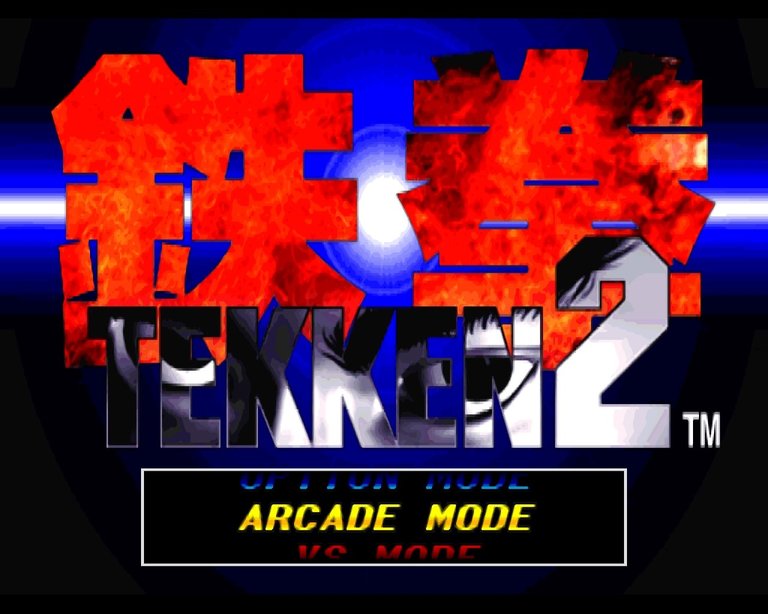
I recommend you to watch my video for a better appreciation of the gameplay.
While the first installment had eight initial fighters with ten more to discover, T2 started with ten selectable characters out of a total of twenty-five that could be unlocked by finishing the Arcade mode. The new fighters added depth to the story and durability to the game; the veterans had new outfits and new moves.
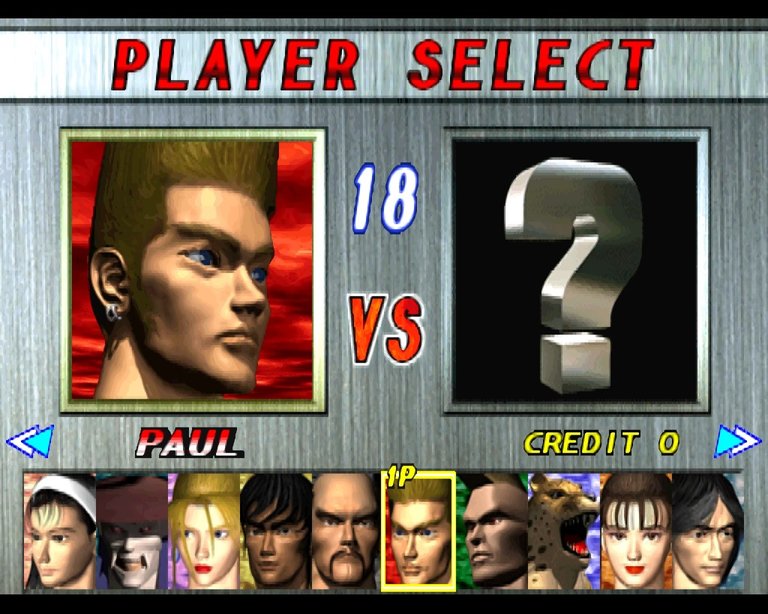
The first game used Gouraud shading to give dimension to the appearance of the characters, the real-time lighting in the sequel gave the fighters an undoubtedly better looking quality, in addition, the stages were now more striking than before. Nowadays, all this may not sound like a big deal, but at the time, the graphics of this game were fantastic.
For its part, the gameplay system of the sequel, which was improved without losing sight of the simple yet effective combat formula established by the first game, was even more impressive in both boldness and execution. The many new moves, especially the counterattack possibilities, were spectacular. Unprecedented techniques were also added, such as a new grappling mechanic. This time around there were also three characters who had an evasive maneuver, the sidestep, which only Heihachi, Kazuya, and Yoshimitsu could perform; the latter with a spinning attack. On the other hand, learning all the combos was a task that took time and effort, but once you managed it, they would become a part of your mind.
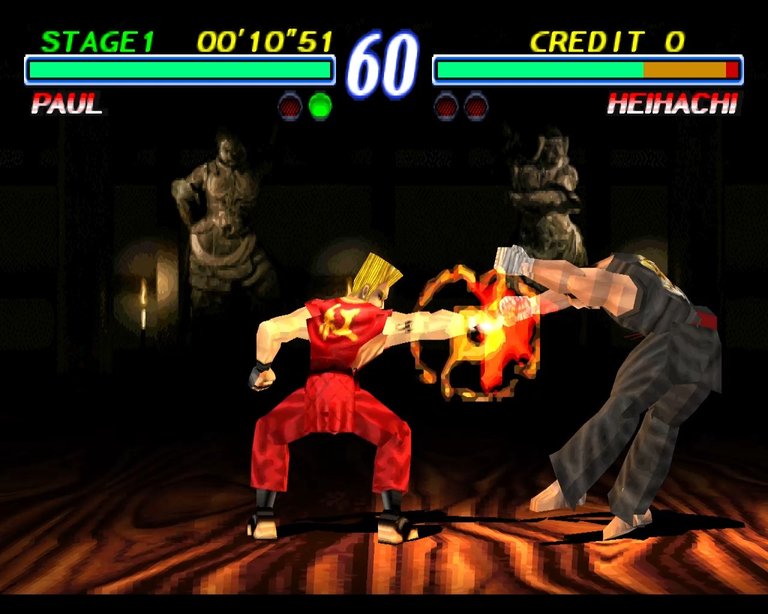
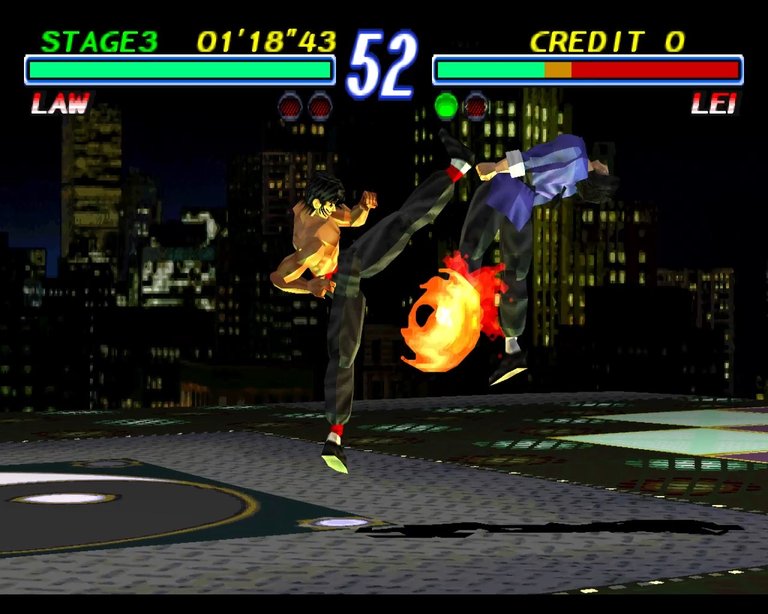
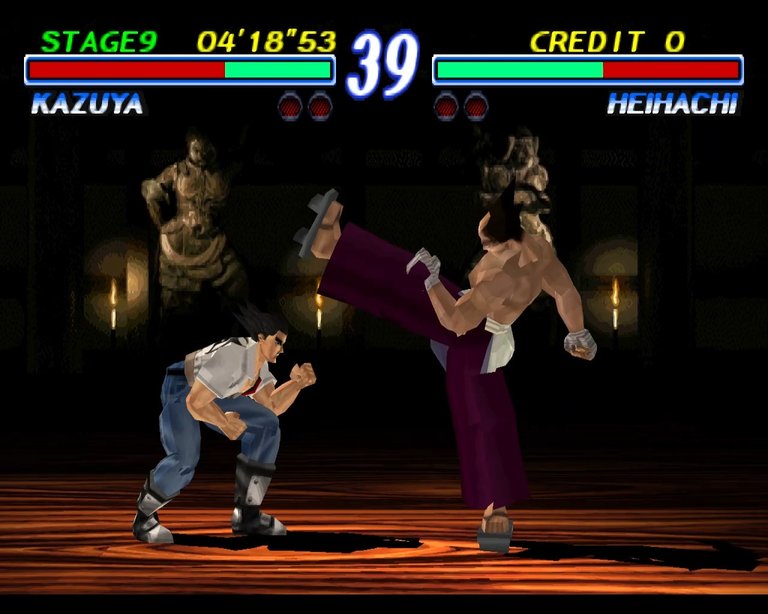
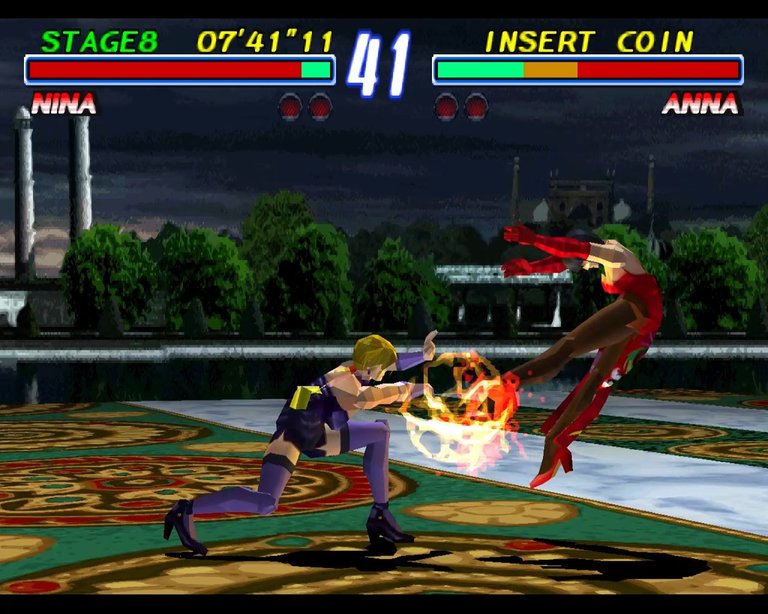
As expected, there were also exclusive features in the PS1 version of the game, such as: new CGI sequences, with each character having their own final scene. Similarly, new game modes were included, such as: Time Attack, Team Battle, or the Survival mode, which posed a real challenge to the player’s abilities, as this mode made you go from combat to combat with the same health bar.
It's also worth noting that many now known iconic characters, were added in this installment, such as Jun Kazama, a key figure in the main storyline of the saga. Interestingly, the roles of the protagonist (though not hero) and antagonist were reversed, with Kazuya now being the final rival of the tournament, and Heihachi the contender for victory.
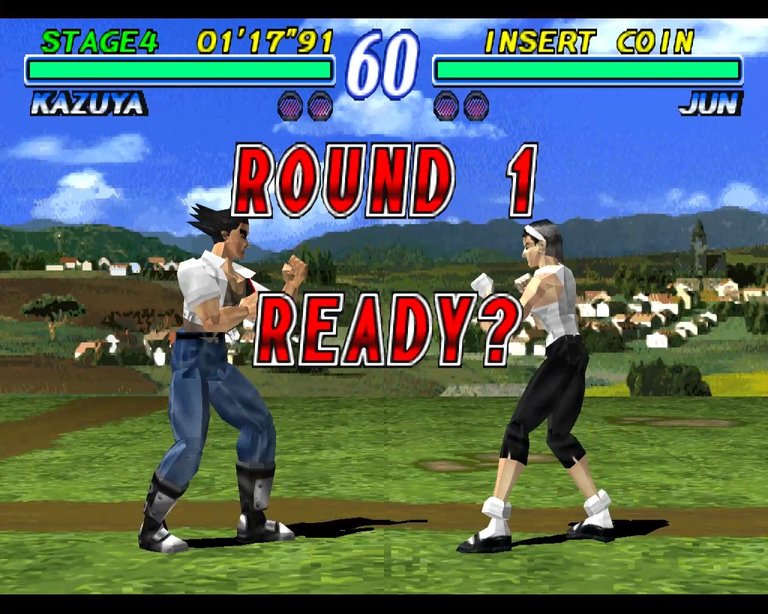
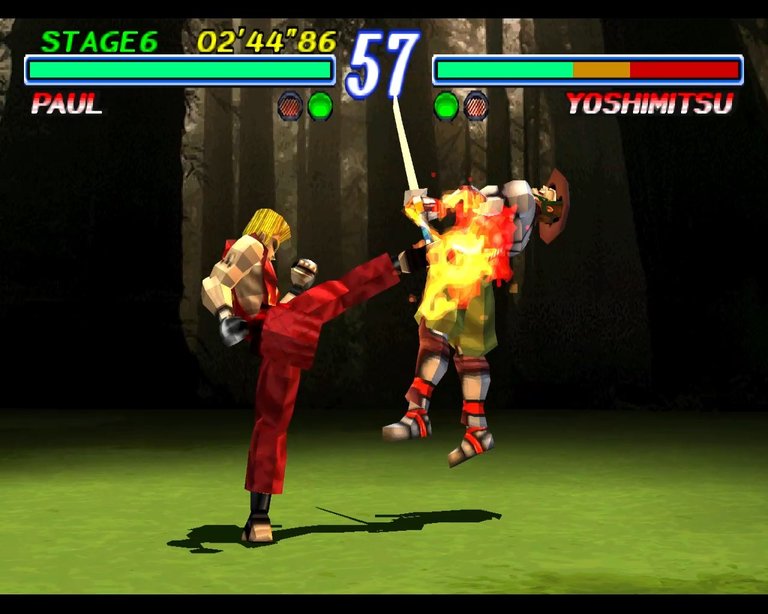
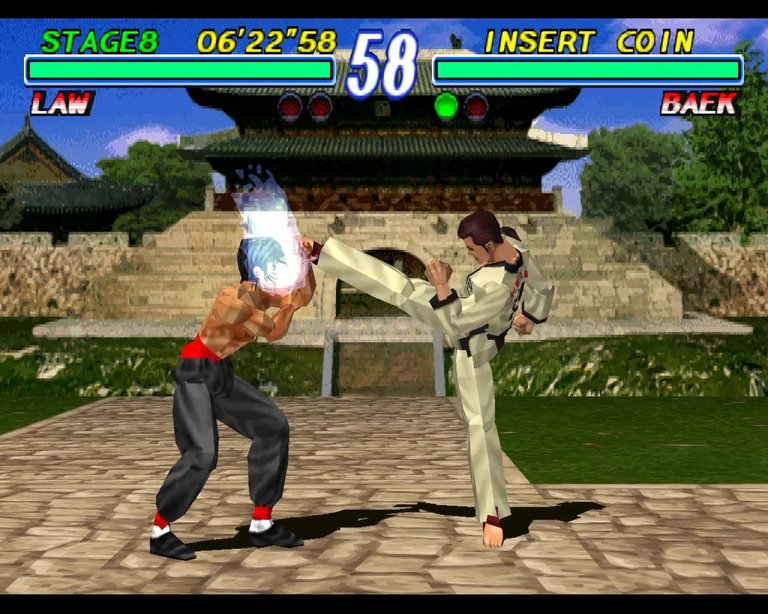
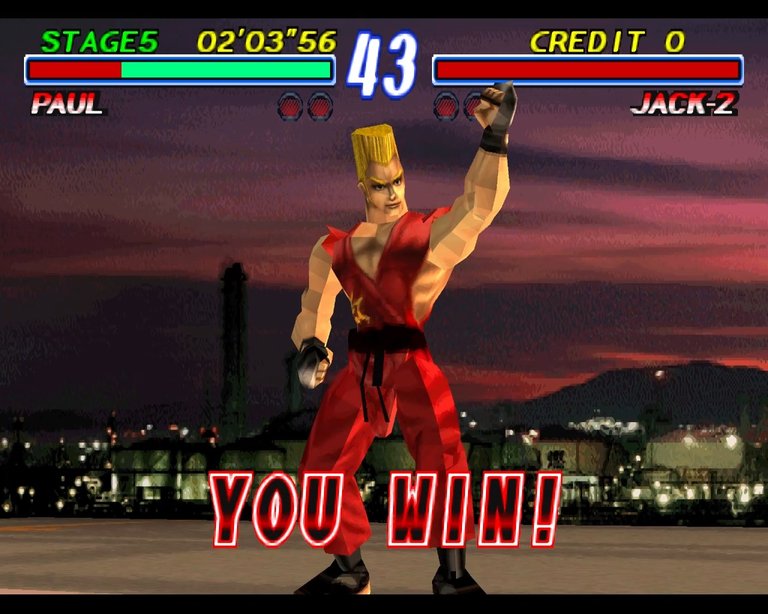
Anyway, there is no doubt that Tekken 2 made history. Its great success helped the saga rise to an important place in the fighting genre, thanks to its improved gameplay, more detailed graphics, and a good variety of extras in its console version.
THANK YOU FOR READING!
The video and all the images in this post were taken from my playthrough.
▶️ 3Speak
0
0
0.000
IMHO Tekken 2 had the best music and backgrounds of Tekken series.
I love the soundtrack of this game, it's also among my favorites of the series.